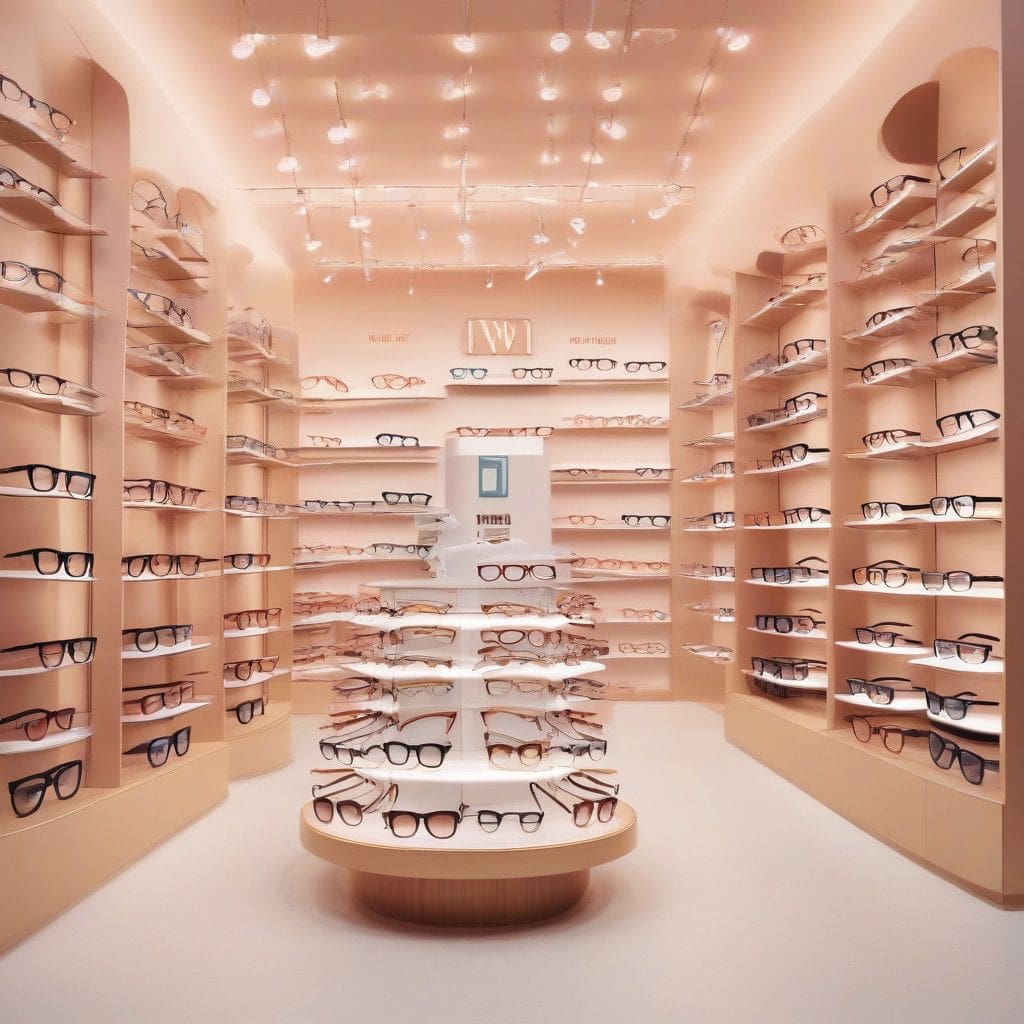In a recent announcement, Warby Parker has shown promising signs of financial recovery, reporting significant growth and a reduction in net losses. For the third quarter of the year, the direct-to-consumer eyewear brand experienced a 13 percent year-over-year increase in revenue, bringing in $192 million. This steady increase parallels the growth seen in the previous quarter, suggesting a consistent upward trajectory.
The eyewear maker has not only managed to increase its revenue but has also significantly cut its net losses to $4 million, representing an impressive nearly 80 percent decrease from the prior year’s figures. This trend is critical for a company that has been striving to get closer to full profitability.
One of Warby Parker’s key strategies involves the expansion of its brick-and-mortar locations, where customer acquisition costs are markedly lower than online advertising. In this quarter alone, the company opened 13 new retail locations, contributing to a 6 percent increase in active customers—now totaling 2.4 million, the highest growth recorded this year. Notably, retail sales account for 70 percent of the company’s overall revenue, underscoring the effectiveness of their physical expansion strategy.
Financially, Warby Parker has also improved its adjusted earnings before interest, taxes, depreciation, and amortisation (EBITDA), which surged by over 50 percent year-on-year to reach $17 million. This results from careful cost management and effective operational strategies that have led to a significant positive shift in the company’s profitability outlook.
During the company’s earnings call, executives addressed potential concerns impacting future business, notably the prospect of higher tariffs should a second Trump administration emerge. Interestingly, Warby Parker has strategically decreased its dependence on China over the past five years, with the country now accounting for just 20 percent of its cost of goods sold. This shift reflects a proactive approach to risk management and supply chain diversification.
In another interesting development, Warby Parker hinted at plans to enter the smart glasses market, revealing a decade-long exploration of potential collaborations with technology companies to bring innovative products to consumers in the coming years. This move could potentially open a new revenue stream and reinforce the brand’s image as a leader in eyewear innovation.
As a result of these developments, the company has raised its full-year revenue projections to an increased estimate of up to $768 million, marginally up from the previous $762 million. However, despite these positive financial disclosures, Warby Parker’s stock saw a slight decline of about 1 percent in pre-market trading, indicating some market hesitance despite the encouraging results.
In conclusion, Warby Parker’s recent performance reflects a blend of strategic retail expansion and effective financial management, positioning the company closer to its profitability goals. The brand’s agility in adapting to market challenges, coupled with its commitment to innovation, suggests a bright outlook as it navigates potential hurdles in the coming quarters. For those in the retail and direct-to-consumer sectors, Warby Parker’s journey offers valuable insights into balancing growth with prudent financial strategies.












